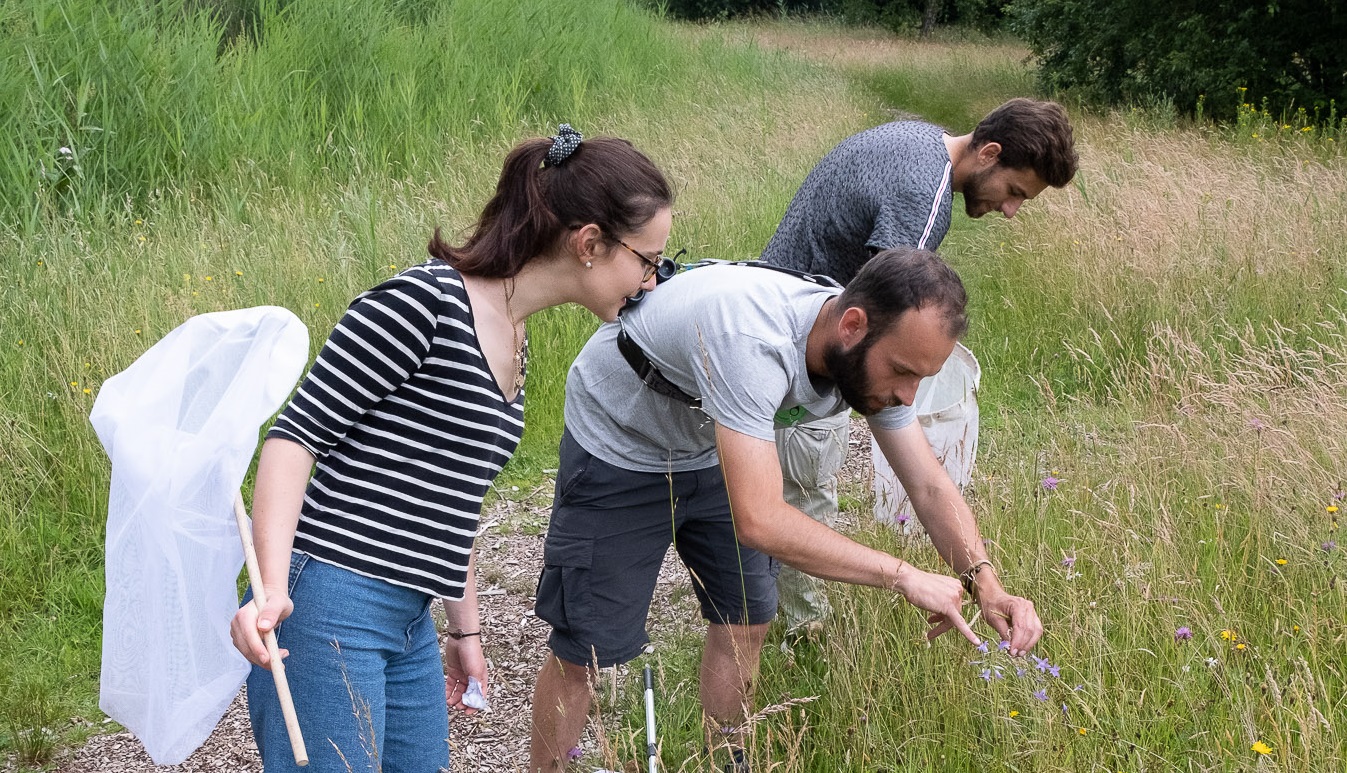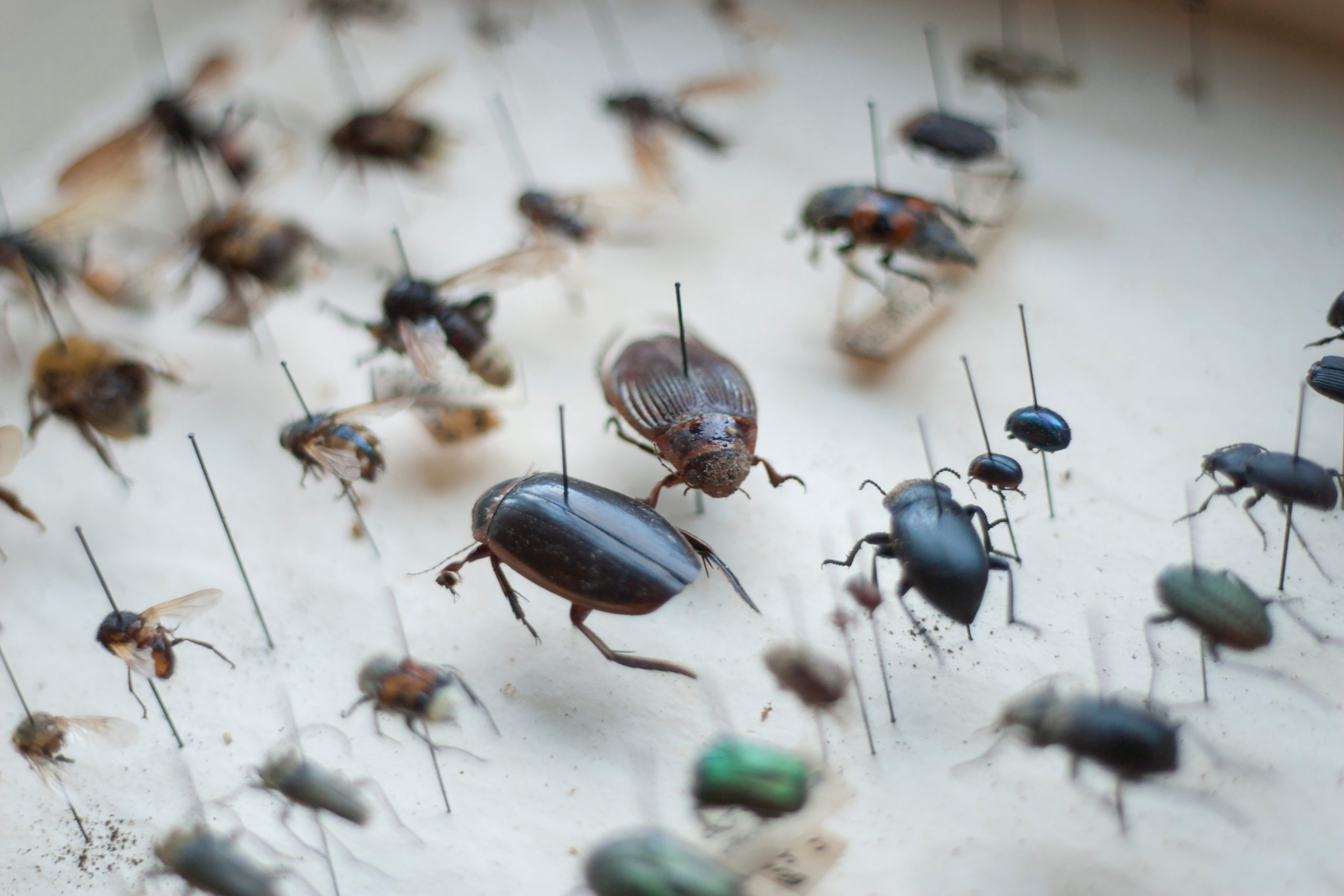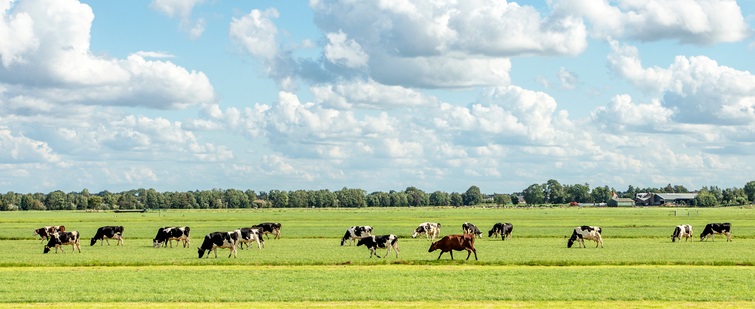The grey squirrel, native to North America, is in danger of wiping out the red squirrel in the UK. This invasive species is currently being tackled by means of hunting, poison and traps – to no avail. But the grey squirrel could successfully be beaten back using a gene drive, claims PhD student Nicky Faber in this month’s Scientific Reports.
Last year, as a Master’s student of Bioinformatics, Faber did research on gene drives during an internship at the Roslin Institute in Scotland. In a gene drive a wildlife manager releases grey squirrels into the wild that have been genetically modified to produce infertile offspring. This leads to a sharp drop in the grey squirrel numbers, making room for the red squirrel.
More aggressive
‘Grey squirrels are more aggressive than red squirrels, they get through the winter better and they carry a virus that is fatal to red squirrels,’ says Faber. ‘That is why there are only any red squirrels left on a couple of English islands, in northern Scotland and in remote corners of Ireland. The latest method of beating back the grey squirrel is by putting contraceptives in their food. My model study suggests that a gene drive could be a very effective method. And it doesn’t introduce any poison or contraceptives into the environment.’
Grey squirrels carry a virus that is fatal to red squirrels
A successful gene drive, in which you might release several hundred genetically modified squirrels into the wild, entails two important steps. Extra DNA is introduced into the squirrels’ female reproductive gene, which switches it off. According to classic genetics, the offspring then have a 50 per cent chance of inheriting this blocked gene. That doesn’t help much and what is worse, the blocking gene disappears after a few generations.
CRISPR-Cas
So the second adjustment –CRISPR-Cas scissors – ensures that the blocking gene gets into both copies of the chromosome, so that 100 per cent of the offspring get the blocked gene. That way, the blocking gene quickly spreads through the grey squirrel population. On paper, that is, since Faber did a model study and could not of course release genetically modified squirrels into the wild.
Current methods of pest control using poison and traps are inhumane and cause a painful death
Is this kind of introduction safe and ethical? As far as safety is concerned: Faber built a brake on the gene drive into her model. That makes it possible to switch off the CRISPR-Cas scissors so that the blocking gene regains a 50 per cent chance of being passed on. ‘That way, wildlife managers stay in control of the gene drive,’ says Faber.
Inhumane
She is keen to engage with the ethical debate too. ‘Pest control methods in current use, with poison and traps, are inhuman and cause a painful death. If you use the gene drive, the animals become sterile so that we get the invasive species under control effectively and maintain biodiversity. Of course, we must test whether this really can be done in real life, and safety tests will need to be done to see whether switching the CRISPR-Cas scissors on and off works and is stable.’
Faber has now embarked on a PhD on gene drives in the Genetics chair group. One question she is looking into is whether this concept could be applied to the Suzuki fruit fly, an invasive fruit fly that is plaguing Dutch fruit farms and supplanting other fruit flies.

 Red squirrel. Photo Shutterstock
Red squirrel. Photo Shutterstock 

